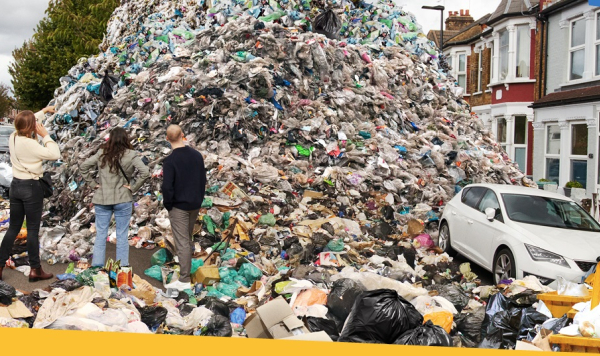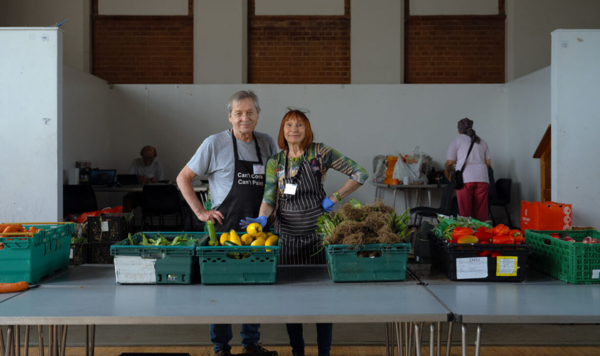Welcome to our Fridge Diaries! Here we will show you the ins and outs of your fridge so you can store your foods properly to keep them fresh for as long as possible.
If you want to master the art of refrigeration, please stick around to learn how to store all your groceries like a pro, from fresh vegetables to cooked meats. Using your fridge correctly can help you make your food last longer and help you avoid any unnecessary trips to the shops.
Five smart yet simple tips and tricks to save money and avoid food waste
1. Check the temperature:
Using your fridge correctly can help you make your food last longer and help save you money. Maintaining a fridge temperature of 5 degree C (but ideally 3 degree C) can help reduce food waste. A fridge thermometer can help you to keep an eye on the temperature of your fridge. If you think your fridge thermostat is not working well, you can buy a digital fridge thermometer from your local supermarket to check.
2. Organise your foods properly:
It’s important to store the right foods in the fridge as not all items should be kept in the fridge. Check the information below to learn how to store the different foods in your kitchen.
- Cooked meats and fish should be stored separately, making sure they are well wrapped.
- Make sure food is not pushed right up against the back of the fridge or it may freeze and spoil.
- The upper shelves are where you find the most consistent temperatures. This area is great to keep dips, dairy products and leftovers.
- The bottom shelves tend to be cooler - particularly towards the back - so these are best for more perishable items like meat and fresh fish.
- The Crisper drawers are great for fruit and vegetables due to the higher humidity of this area, which helps to keep produce from drying out.
- The door of the fridge is a great area to keep non-perishables like sauces, condiments and drinks. It’s the most exposed to the outside and these items don’t require such constant temperatures.
3. Know your labels:
Storage information on packaging will tell you the best place to store food to keep it fresh. For example, if your packaging shows the snowflake symbol, then it needs to be kept frozen. If the packaging says keep refrigerated once opened, then act accordingly to avoid food waste.
4. Keep it clean:
Its important to clean your fridge and freezer every now and then to check if the stored food is ok, and to avoid contamination. Simple hygiene also helps make extra space for new food.
5. Shop for your fridge:
Before making a shopping list, check your fridge to see which products are reaching their use by date, and might need using up. If you bring the products that need to be consumed first to the front you’re more likely to use them up. And then try to only shop for items that you really need to avoid buying more than you need, which can lead to waste.
Do you have more questions about how to keep your foods fresh for longer in the fridge? Watch this short video to learn more hacks and become a pro in the art of refrigeration.
If you want to learn how store like a pro, don’t forget to join us on Twitter and Instagram every Thursday at 4pm for our new weekly show Fridge Diaries. In each episode of the series we will delve in and answer your burning questions about food waste prevention. We’ll also give you storage hacks and store cupboard recipes to help you make the most of the food that you already have and avoid any unnecessary trips to the shop.






